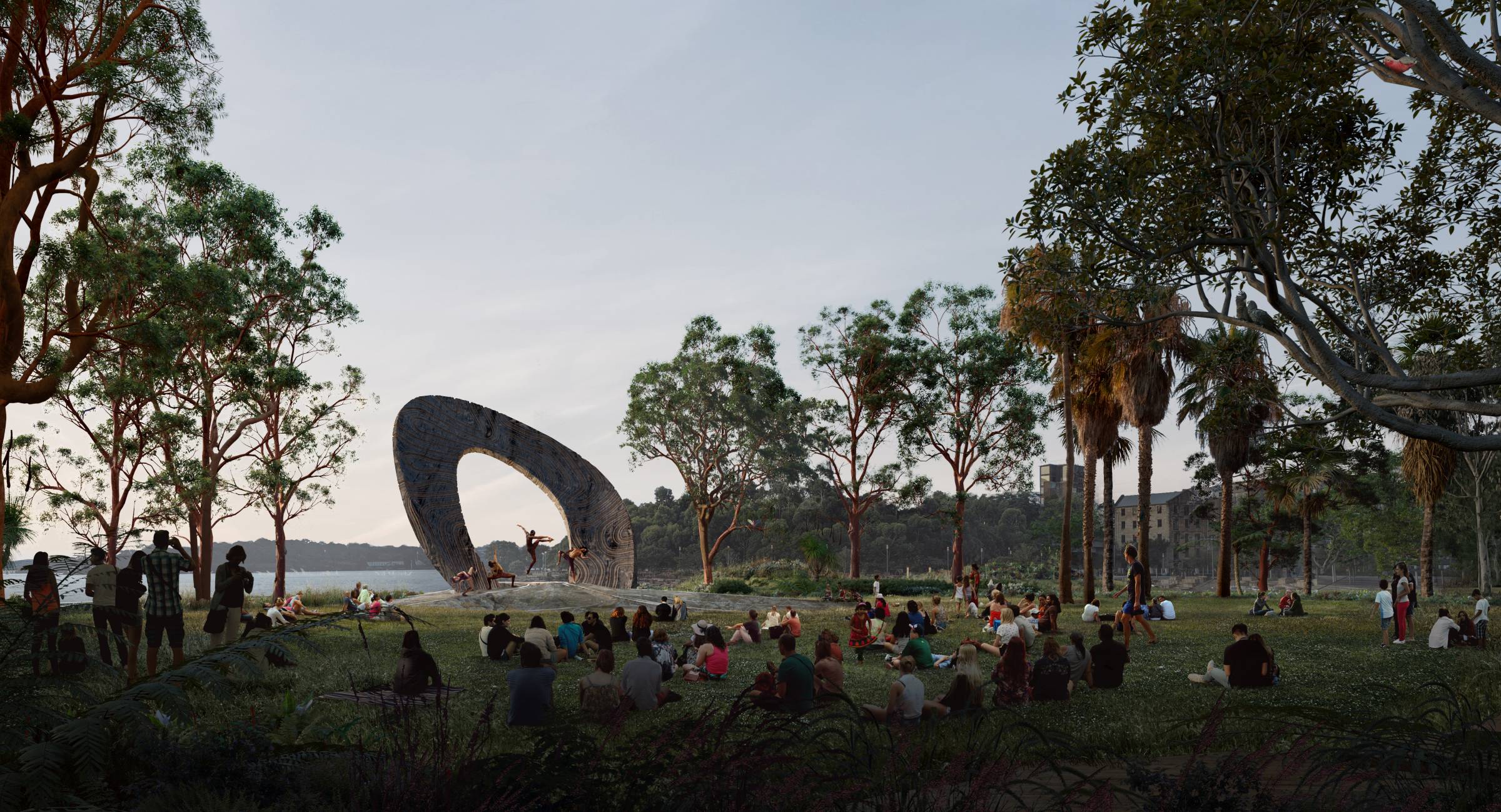Figure 1: Land Warfare Simpson Barracks, Watsonia

Defence falls under the Australian Federal Government. What are the benefits of having a top-tier, national architectural practice such as Architectus working on defence projects?
An imperative for defence projects is to have the capacity to deliver in multiple locations across the nation and to be able to service projects on both a national and local level. Having a strong core team of defence experienced individuals in each state along with a local and national workforce to draw upon to resource projects both large and small is a must in order to deliver successful projects. We treat the defence department work that of being for one client with a multiple of projects typologies, across multiple locations with varying needs and requirements. In order to service those client expectations and strong integrated national team is required.
The ADF has a vast and diverse workforce and many projects have large and complex user groups. How do architects working in defence go about engaging these user groups and integrating feedback into functional design?
Working with user groups and key stakeholders is something that we do across all sectors as part of our normal process through delivery of successful projects. Understanding and confirming the functional requirements is an essential part of the process of interpreting the important deliverables for each situation and exposing the opportunities and constraints. Strategic planning of the stakeholder involvement process is mapped out at the outset of the process and a set of tools assist the team to define, refine and feedback the projects detailed requirements in a functional brief. The complexity in defence projects comes through the understanding of defence language, acronyms and gateways that are essential to interpreting the unique internal network of the defence organisations.
Recently, the Australian Defence Force was mobilised during the Australian bushfires and to assist law enforcement during the COVID-19 pandemic lockdown. As a climate change causes more local natural disasters, it is likely that the ADF will be called on more frequently play a role supporting Australian communities during times of adversity. How might this impact the planning and architecture of defence projects?
Tactical response to times of danger and distress requires multiple actions from all our authorities and forces. The defence force is often called into service during times of national disasters, civil unrest and all types of theatres of defence to protect our nation and the public. Threats are no longer just traditional warfare and include many different challenges including cyber warfare, remote combat through drone operations and more technology-based actions. This requires the development of new types of facilities and complex integration between the old and new tactical response facilities.



